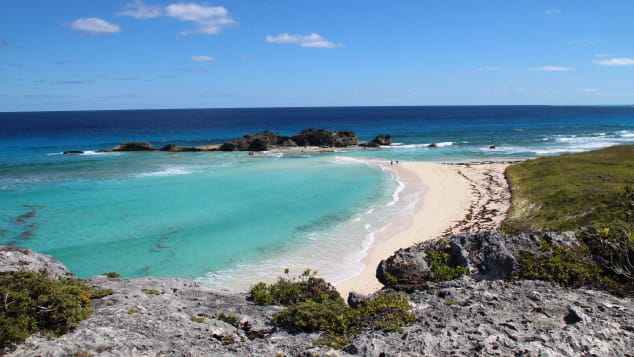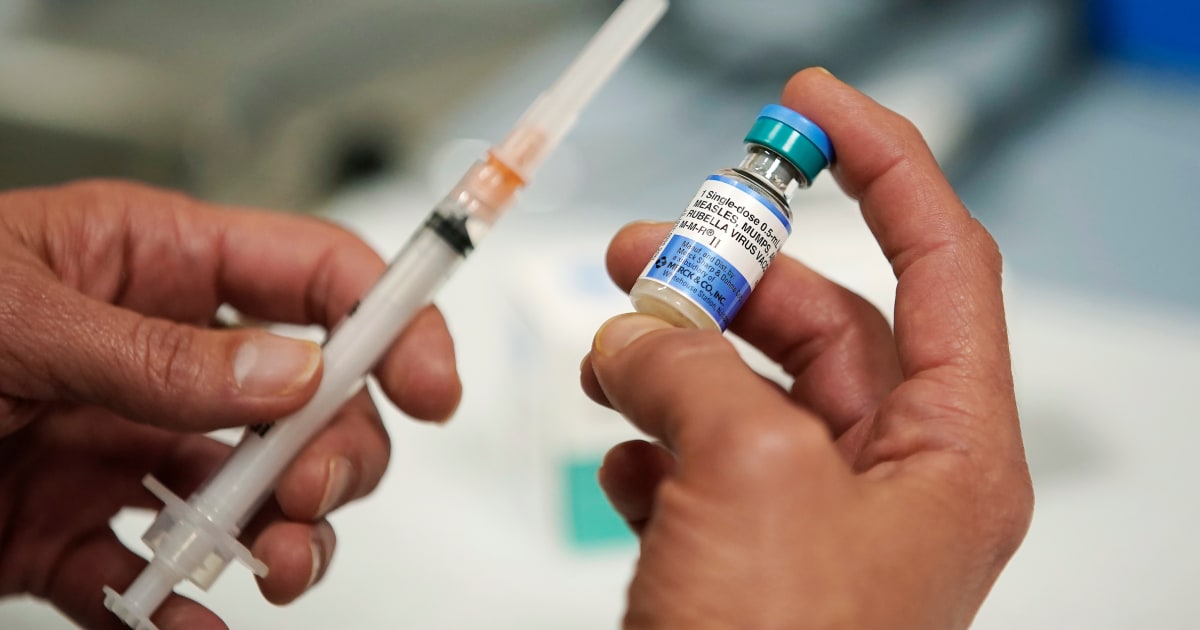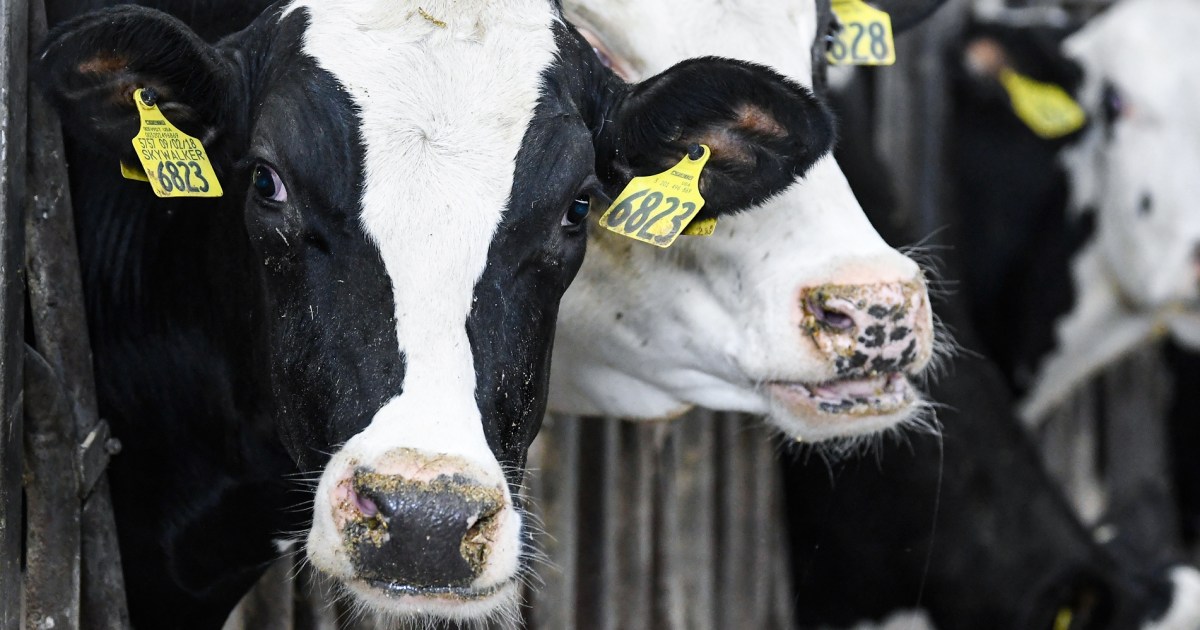CDC data will give flexibility to the use of masks 1:09
(CNN) --
The US Centers for Disease Control and Prevention (CDC) on Monday added a new destination to the category of highest risk of contagion from covid-19: the island. Mauritius, in the Indian Ocean.
The weekly travel risk level update brought good news for islands clustered in and around the Caribbean Sea, as nine destinations, including the Bahamas, Jamaica and the Dominican Republic, dropped one notch from level 4.
The CDC places a destination at "Level 4: very high covid-19" when there are more than 500 cases per 100,000 residents in the last 28 days.
Mauritius, located off the eastern coast of Africa, recently recorded a 180% increase in weekly cases, according to figures from the World Health Organization (WHO).
Located about 1,100km east of Madagascar, Mauritius had previously been at Tier 3.
Last week, Hong Kong, New Zealand and Thailand were added to Tier 4.
To recap, only one destination was added to Tier 4 on March 14:
advertising
Mauricio
Following the decline in cases worldwide since the end of January, the WHO recorded an increase in cases worldwide in the week of March 7.
The world's largest cruise ship is ready to set sail
CDC: Avoid Level 4 Destinations
There are currently some 125 destinations in Tier 4. Although the number of places in the "very high" risk category has decreased since reaching 140 in February, there are still more places in the Tier 4 category than in all other categories. together.
The CDC advises avoiding travel to Tier 4 countries. CDC thresholds for travel health advisories are primarily based on the number of COVID-19 cases in a destination.
The CDC does not include the United States on its advisory list, but on March 14 it was assigned level 4 on the agency's map of travel risk levels.
View of the Bonis windmill and the old port of Mykonos, one of the most popular islands in Greece.
Credit: Byron Smith/Getty Images
Among the favorite destinations of tourists who are in level 4 are Aruba, Brazil, Canada, Egypt, France, Greece, Peru and Spain.
The UK has been there since July 2021.
You can check the CDC's risk levels for any global destination on their travel advice page.
In its broader travel guidance, the CDC recommends avoiding all international travel until fully vaccinated.
Level 3 Changes
The Turks and Caicos Islands are famous for their beaches, including Mudjin Harbour.
The chain of islands in the Atlantic Ocean is now at CDC level 3.
Credit: Marnie Hunter/CNN
The level 3 "high" risk category, which applies to destinations that have had between 100 and 500 cases per 100,000 residents in the last 28 days, had nine additions Monday, all of them in the Caribbean and Atlantic.
Cuba
Bahamas
Turks and Caicos Islands
British Virgin Islands
Jamaica
Dominican Republic
Saint Kitts and Nevis
St. Vincent and the Grenadines
San Martin
All of these destinations were previously at level 4.
Levels 2, 1 and unknown
Destinations in the "Level 2: Moderate COVID-19" category have recorded between 50 and 99 cases of COVID-19 per 100,000 residents in the last 28 days.
The four new destinations in Tier 2 as of March 14 are:
cruise travel
Gabon
Kyrgyzstan
Zambia
All were previously at Tier 3. Cruise travel previously moved from Tier 4 to Tier 3 in mid-February and is now considered "moderate" risk at Tier 2.
To be in "Tier 1: Low Covid-19", a destination must have less than 50 new cases per 100,000 residents in the last 28 days.
Eleven places moved to level 1 on Monday:
angola
Burkina Faso
Comoros
Equatorial Guinea
Liberia
Mali
Mauritania
Saba
Sao Tome and Principe
Senegal
Djibouti
The only destinations now in Tier 1 outside of Africa are
China, Taiwan,
and the tiny Caribbean island of
Saba
.
Finally, there are destinations for which the CDC has an "unknown" risk due to lack of information.
These are usually, but not always, small, remote places or places with war or unrest.
The CDC did not add anything new to this category on Monday.
Tanzania, Cambodia
and
Macau
are some of the most visited places currently listed in the unknown category.
The CDC advises against traveling to these places precisely because the risks are unknown.
This is what could happen in the US in the third year of the covid-19 pandemic
A medical expert weighs in on risk levels
Transmission rates are "a benchmark" for estimating travelers' personal risk, according to Dr. Leana Wen, a CNN medical analyst.
"We are entering a phase of the pandemic where people need to make their own decisions based on their medical circumstances as well as their risk tolerance for contracting Covid-19," Wen said in mid-February.
"Level 4 should be interpreted to mean that it is a place with a lot of community transmission of Covid-19. So if you go, there is a higher chance that you can catch the coronavirus," said Wen, who is an emergency room doctor. and professor of health policy and management at the George Washington University Milken Institute School of Public Health.
Some people will decide the risk is too high for them, Wen said.
Other people will say, "Because I'm vaccinated and boosted, I'm willing to take that risk."
"So this really has to be a personal decision that people make with the understanding that right now the CDC is classifying the different tiers based on community transmission rates, and basically just that," Wen said.
"They're not taking individual circumstances into account."
Travel Considerations
Transmission rates are important to consider when making travel decisions, but there are other factors to weigh as well, according to Dr. Leana Wen, CNN Medical Analyst, ER Physician and Professor of Health Policy and Management. at the George Washington University Milken Institute School of Public Health.
"Transmission rates are a guide," Wen said.
"Another is what precautions are required and followed where you're going and then the third is what you plan to do once you're there.
"Do you plan to visit a lot of attractions and go to closed bars? That's very different than going to a place where you plan to be on the beach all day and not interact with anyone else. Those are very different levels of risk."
This is how travel is affected by the invasion of Ukraine
Vaccination is the most important safety factor for travel, as unvaccinated travelers are more likely to get sick and spread COVID-19 to others, Wen said.
He further said that people should wear a high-quality mask (N95, KN95, or KF94) whenever they are in crowded indoor settings with unknown vaccination status.
Before you travel, it's also important to consider what you would do if you end up testing positive away from home, Wen said.
Where will you be staying and how easy will it be to get tested to return home?
Covid-19









